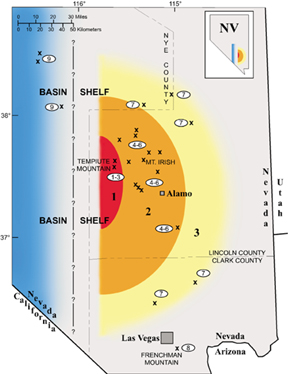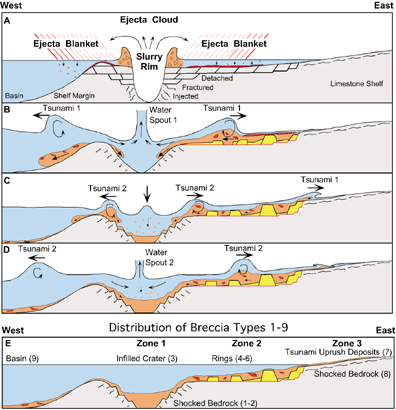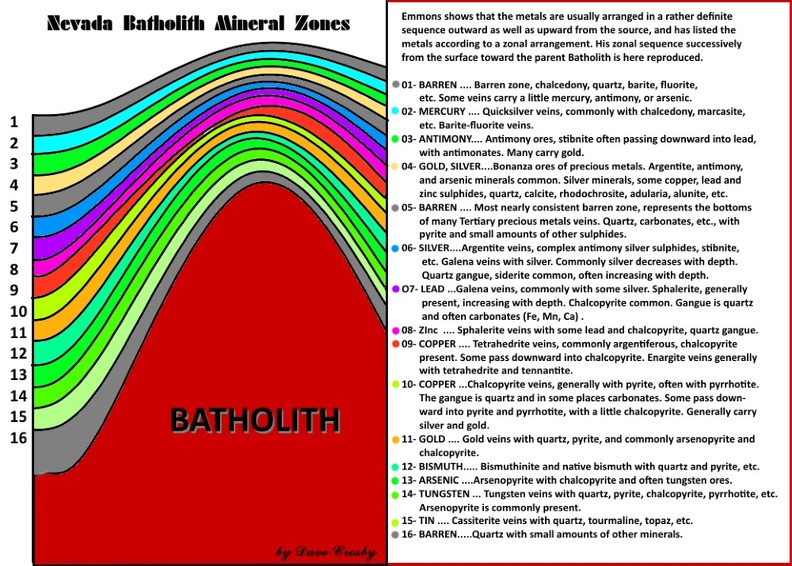Post by 1dave on Jan 8, 2015 11:28:59 GMT -5
It is hard to find any information on this impact.
Clues verify it is easily fifty to sixty times larger than Meteor Crater in Arizona,
but no one is sure just exactly where it is.
Apparently it landed here near south central Nevada just northeast of where Area51 now is.
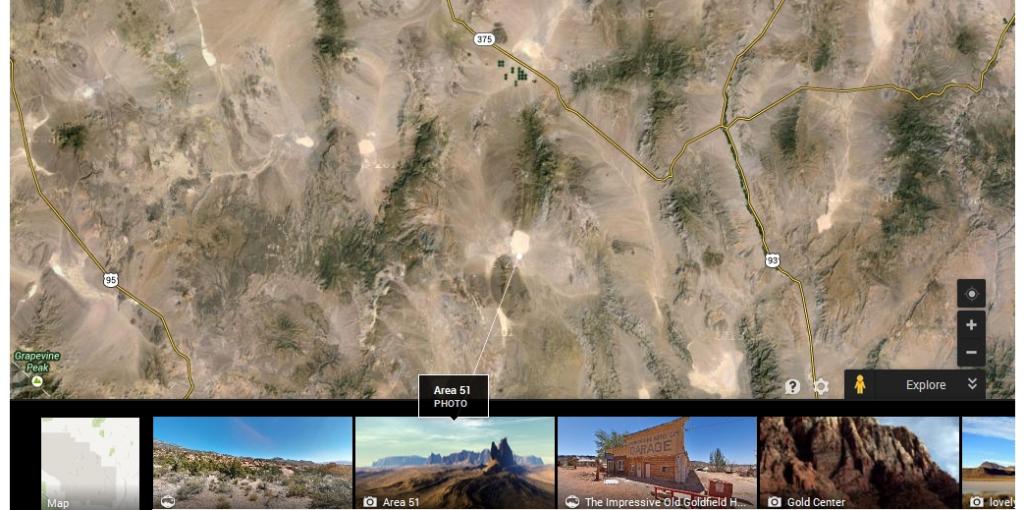
How can something that big play hide and seek?
Well, the Laramide Orogenies slid it and the land around it west to the Utah border.
The same thing happened to the Beaverhead in Idaho. The top of that crater was slid into Montana.
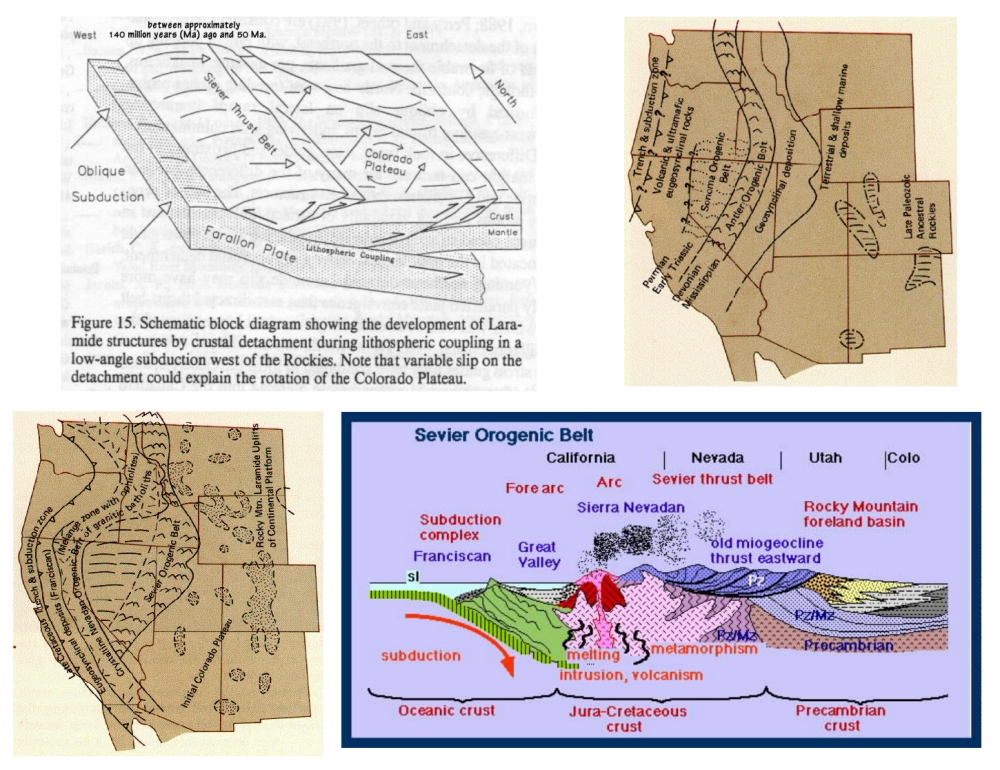
Then Nevada started crawling west like an accordion, expanding and contracting.
Think of blocks of wood being pulled apart and shoved back together again.
That is Nevada's present surface.
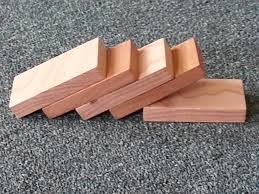
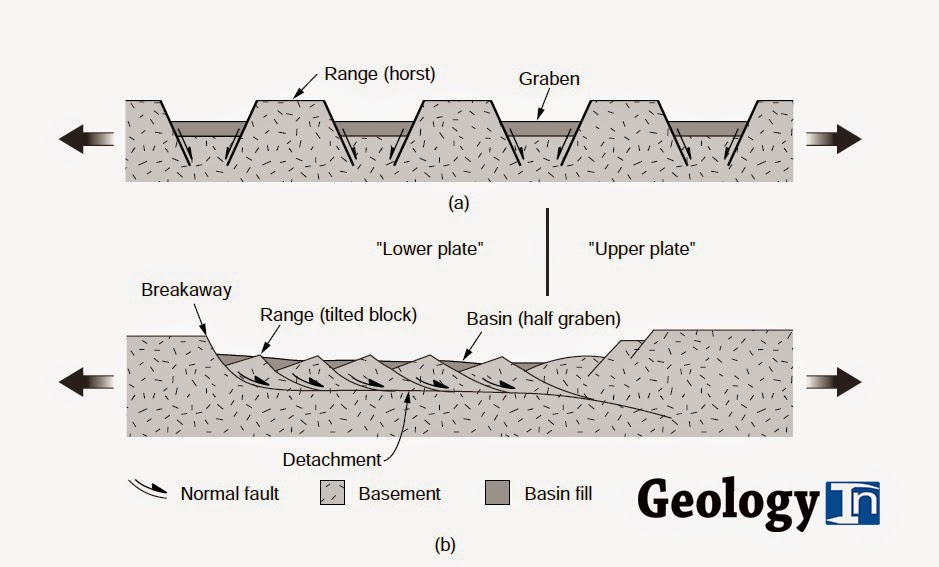
Perhaps centered 18 miles southeast of Caliente Nevada?
Hit just out of town and slid southeast?
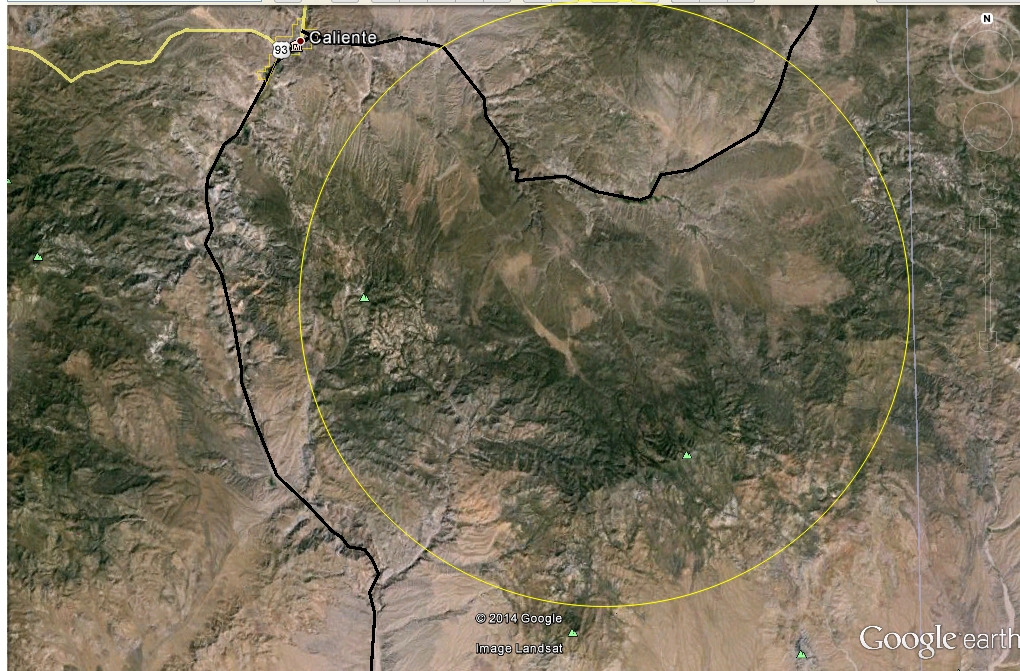

Alamo Crater, Nevada
impactcraters.us/alamo_nevada
The Alamo Impact Crater is a 44 to 65 km structure originally located in south-central Nevada. Much of the western and central portion of the structure are reported as having been largely destroyed by post-Devonian faulting, volcanism, and orogenic events. The impact is primarily known from the Alamo Breccia (or Alamo Breccia Member of the Guilmette Formation), a 4000 km2 (Leroux et al., 1995) (some record up to 28,000 km2) rock unit primarily exposed in southern and central Nevada and in Utah. Some of this is detailed in Anderson, 2008. A good summary is Morrow et al., 2005. A portion of preserved crater rim is discussed in Pinto and Warme, 2007. Off-limits military lands preclude investigation of some potentially associated rock units. Rocks dated within the large, crater-like structure visible to the southwest of the indicated area in the above image are associated with much younger volcanism - the Timber Mountain Caldera.
Age: The impact has been dated by conodont studies to the Frasnian stage of the Devonian, about 382 million years ago (Sandberg and Warme, 1993; Warme and Sandberg, 1995, 1996; Morrow et al., 2005 as referenced in Anderson thesis, 2008) Warme and Sandberg, 1996 say 355 to 370 MYO. Morrow et al., 2005, updated the conodont work.
Clues verify it is easily fifty to sixty times larger than Meteor Crater in Arizona,
but no one is sure just exactly where it is.
Apparently it landed here near south central Nevada just northeast of where Area51 now is.

How can something that big play hide and seek?
Well, the Laramide Orogenies slid it and the land around it west to the Utah border.
The same thing happened to the Beaverhead in Idaho. The top of that crater was slid into Montana.

Then Nevada started crawling west like an accordion, expanding and contracting.
Think of blocks of wood being pulled apart and shoved back together again.
That is Nevada's present surface.


Perhaps centered 18 miles southeast of Caliente Nevada?
Hit just out of town and slid southeast?


Alamo Crater, Nevada
impactcraters.us/alamo_nevada
The Alamo Impact Crater is a 44 to 65 km structure originally located in south-central Nevada. Much of the western and central portion of the structure are reported as having been largely destroyed by post-Devonian faulting, volcanism, and orogenic events. The impact is primarily known from the Alamo Breccia (or Alamo Breccia Member of the Guilmette Formation), a 4000 km2 (Leroux et al., 1995) (some record up to 28,000 km2) rock unit primarily exposed in southern and central Nevada and in Utah. Some of this is detailed in Anderson, 2008. A good summary is Morrow et al., 2005. A portion of preserved crater rim is discussed in Pinto and Warme, 2007. Off-limits military lands preclude investigation of some potentially associated rock units. Rocks dated within the large, crater-like structure visible to the southwest of the indicated area in the above image are associated with much younger volcanism - the Timber Mountain Caldera.
Age: The impact has been dated by conodont studies to the Frasnian stage of the Devonian, about 382 million years ago (Sandberg and Warme, 1993; Warme and Sandberg, 1995, 1996; Morrow et al., 2005 as referenced in Anderson thesis, 2008) Warme and Sandberg, 1996 say 355 to 370 MYO. Morrow et al., 2005, updated the conodont work.



